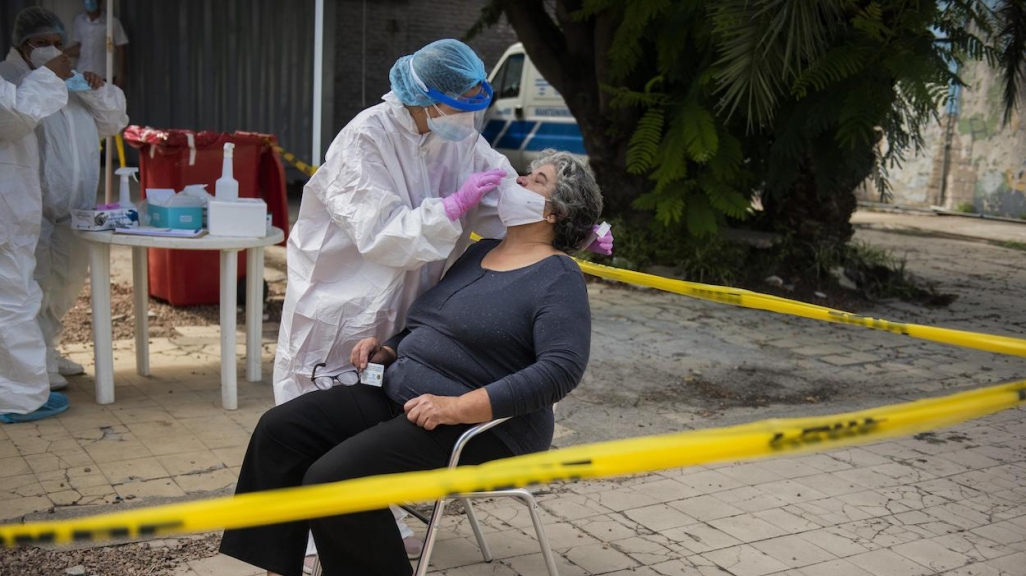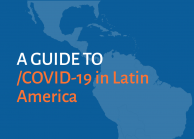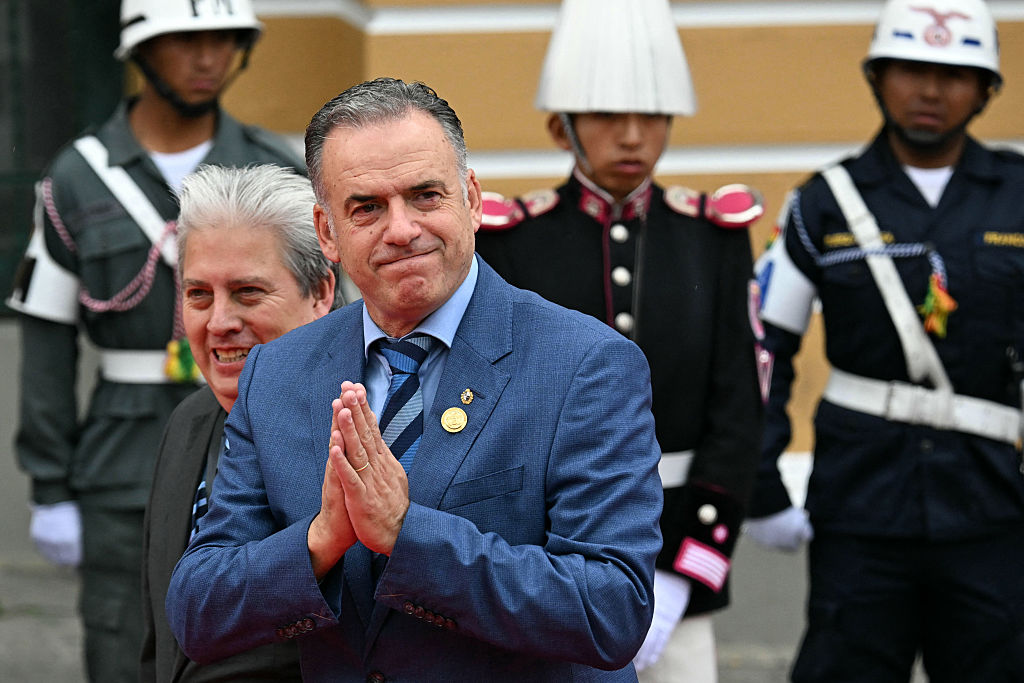Covid Check-in: The Pandemic Takes Its Toll in Uruguay
Covid Check-in: The Pandemic Takes Its Toll in Uruguay
Despite a strong vaccination campaign and early mitigation success, Uruguay is facing a fierce surge in cases.
While Latin America was deemed the COVID-19 global epicenter a year ago, Uruguay stood out as a country that was keeping contagion under control. From early contact tracing to a responsive population in face of strict health guidelines, mitigation was comparably successful. But now, Uruguay is grappling with a fierce new wave.
Get resources on government responses, vaccine rollouts, and health impacts in the region.
AS/COA Online covers major developments and Covid-19 vaccine rollouts as countries strive to return to normalcy.











